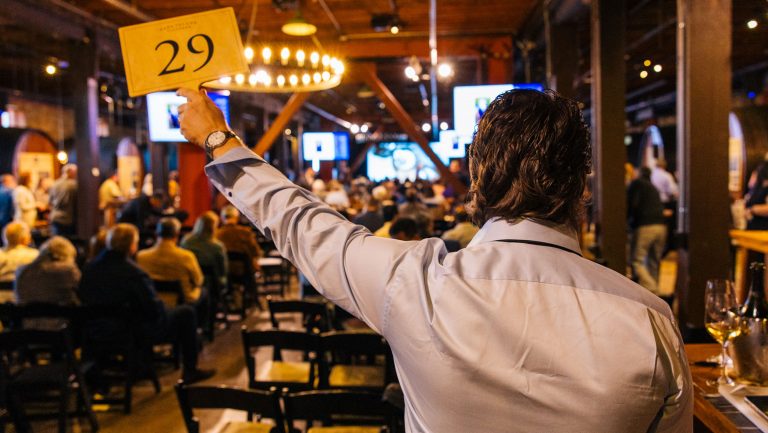“Tradition shouldn’t be a shackle,” says Alain Moueix, a longtime proponent of organic and biodynamic farming in Bordeaux who oversees the Grand Cru Classé Château Fonroque in Saint-Émilion and Château Mazeyres in Pomerol. “Biodynamics makes it possible to make more singular wines that speak better of the place, the vintage, the winemaker. It’s based on a delicate observation of nature in order to follow its spontaneous shifts. It allows a freedom from technical constraints to forge an intimate relationship with the terroir. Is this not also tradition?”
Bordeaux has long been a pioneer in research and technology, but it also has a reputation of being resistant to change. As organic farming increasingly becomes the norm in French regions like Roussillon, Provence, and Bergerac, Bordeaux is lagging in that respect, with only a small fraction—less than 9 percent, according to data from the Bordeaux Wine Council (CIVB)—of its 122,000 hectares of vineyards certified organic. Weather is commonly cited as the chief reason for this; the mild and very humid Atlantic climate is a magnet for pests, such as powdery and downy mildew, flavescence dorée, botrytis, and grapevine moths. And the large amount of corporate investment has limited risk taking among many larger châteaus.
Committed to Change
Finally, though, things are changing. In 2018, according to the CIVB, there were 608 organically certified producers of AOC Bordeaux—a 29 percent increase in two years—and 47 certified biodynamic. Some of the more well-known Crus Classés that are organic, biodynamic, or in conversion—most of them recent converts—include the châteaus Latour, Margaux, Pontet-Canet, Palmer, and Angélus in the Haut-Médoc and Saint-Émilion, and Climens, Guiraud, and d’Yquem in Barsac and Sauternes. Countrywide bans on certain pesticides and herbicides, and some high-profile public-health lawsuits in Bordeaux involving vineyard chemicals, have made the use of organic and biodynamic practices urgent.

Don’t miss the latest drinks industry news and insights. Sign up for our award-winning newsletters and get insider intel, resources, and trends delivered to your inbox every week.
Bordeaux is confronting the same combination of environmental, societal, and marketing pressures that have forced winemakers around the world to confront their farming and winemaking practices, and the Bordeaux wine industry has launched aggressive research and education campaigns to position it at the forefront of sustainability. In 2017, according to the CIVB, 60 percent of Bordeaux vineyards were certified by some environmental process, including RSE Agro, Agri Confiance, OCACIA, and Terra Vitis—the organization’s goal for the region is 100 percent.
“The view of organic wines from the professional Bordeaux sector is changing,” says Rafael Bord, a sales representative at La Cave d’Antoine, Bordeaux’s leading retailer of organic, biodynamic, and natural wines. “In the past, organic wine was perceived as a niche product, expensive, and of lower quality—wine for Bobos [bourgeois bohemians]; and like the wine merchants, the Bordeaux bourgeoisie in general was very conservative and dismissed organic wine.” The increasing media coverage of diseases caused by pesticides, particularly as vocalized by Marie-Lys Bibeyran, a vineyard worker turned anti-pesticide activist following her brother’s 2009 death from cancer—caused, she believes, by vineyard pesticides—has opened the eyes of winemakers, according to Bord. “The wheels,” he says, “are in motion.”
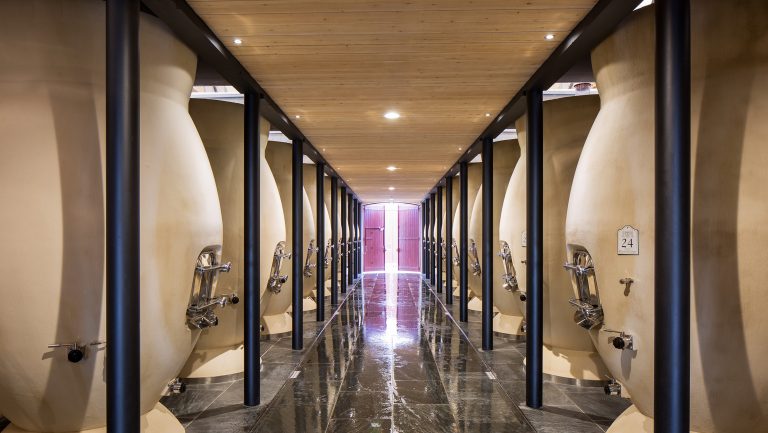
Reduced Yields, Higher Costs
But how can the conversion to organic practices be reasonably undertaken in Bordeaux, with its risk of lower yields from disease pressures and the unpredictability of climate change? According to the CIVB, the average organic yields in Bordeaux in 2015 and 2016 were, respectively, 42 and 45 hectoliters per hectare—about 15 percent lower than yields overall. In frost-plagued 2017, organic yields averaged 23 hectoliters per hectare, about 30 percent lower than overall yields. And 2018 was a difficult vintage, with intense mildew pressure and many organic vineyards reporting devastating losses. In Bordeaux, organic and biodynamic conversion requires not just number crunching but a philosophical shift.
“Although organic is not the only way to work in a clean and environmentally friendly way, the organic conversion of Bordeaux viniculture seems inevitable and necessary,” says Stéphanie de Boüard-Rivoal, an owner and the executive managing director of Château Angélus in Saint-Émilion. “Higher production costs aren’t reflected in sales prices, particularly for wines belonging to the Angélus category, and it’s not easy for all growers to reconcile financial investments with the potential risk. But like many other winemakers in Bordeaux, we feel it is our duty to preserve our heritage, our biotope, and the diversity of our environment.”
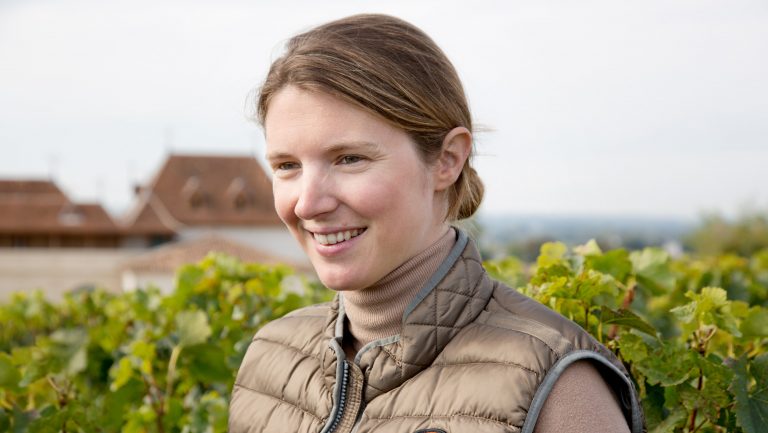
Moueix acknowledges the added strain that conversion presents for nonclassified producers, even as they might benefit from higher prices and the demand for organic and biodynamic wine. “We’re not looking for exuberant volumes in producing Grand Cru—we want between 35 and 45 hectoliters per hectare—and in 17 years of biodynamic practice, I’ve lost significant quantities only once, in 2018,” he says. “But in the production of entry-level wines, where volume is more sensitive, there should be opportunities to fund additional expenses during the conversion period. Some growers don’t have the financial capacity to do this unless they receive incentives that don’t yet exist.”

A 2016 study by the Gironde Chamber of Agriculture showed a 15 percent increase in overall production costs for organic versus “sustainable” winemaking, before the lower yields of organic farming were taken into account. Looking at per-bottle production cost and assuming an organic yield of 40 hectoliters per hectare versus 50 hectoliters per hectare for sustainable, the study estimated an additional €0.50 per bottle. Although Bordeaux is known for its biggest and most well-financed names, the vast majority of producers are small-scale enterprises working with razor-thin margins.
At Journées Techniques Vigne & Vin Bio, a conference held by Vignerons Bio Nouvelle-Aquitaine with 5 other co-sponsoring organizations in February in Bordeaux, a presentation by winemaker and viticulture consultant Éric Chadourne calculated the break-even price for organic Bordeaux at €2,069 per tonneau (900-liter barrel), yet for the 2018 campaign, bulk organic red Bordeaux traded on average for €1,949 per tonneau. Chadourne suggested that the high production costs of organic and biodynamic wines aren’t necessarily compensated for at the bulk level, which may make bulk sales less appealing for organic—or aspiring organic—producers than bottled, which has a higher margin.
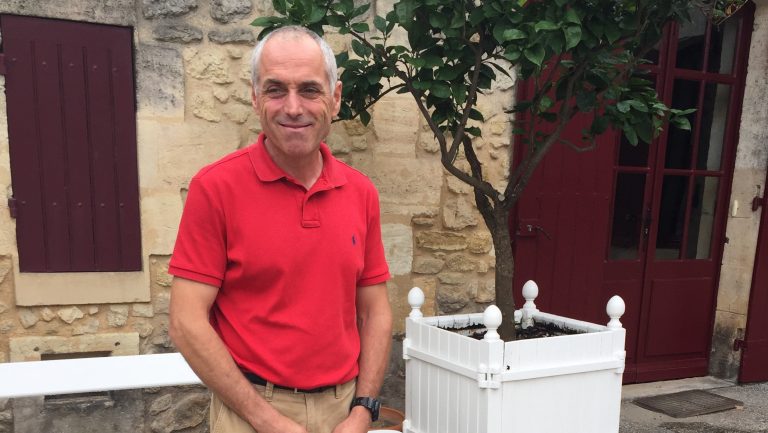
Better Farming, Better Wine
For Jean-Michel Comme, the technical director of Château Pontet-Canet in Pauillac, which, though certified biodynamic in 2010, was using organic and biodynamic practices a decade before that, what began as philosophy has been borne out in quality. “We had an idea that organic was too small of an approach and was the same way of thinking as conventional,” he says. “With organic, you have the same goal to kill the disease, but you’re concerned with how dangerous it is, so you use weapons that are less dangerous. You suppress the nuclear bomb and use arrows because arrows are made with natural stuff. But the idea is always the same.”
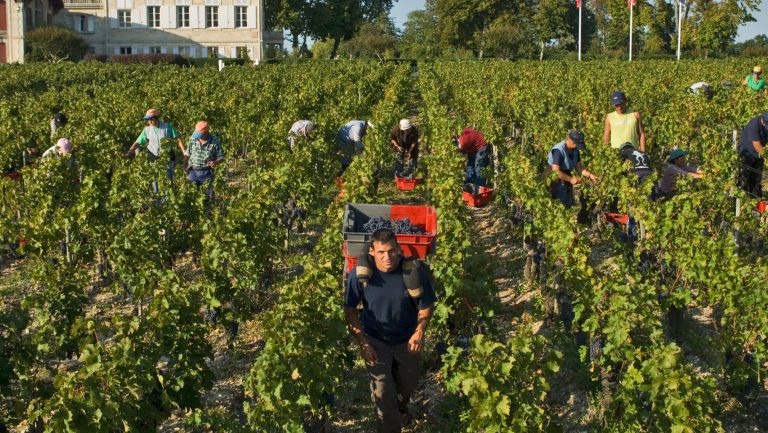
Comme says that cultivating a more harmonious relationship with the land has led to more complex wines and more success for the label. “We were among the first and only ones doing it here, so the idea to be biodynamic or organic didn’t count for people,” he says. “We don’t promote this point—we believe that it’s only the evolution of the quality of the wine that has made the difference.”
Still, there are obvious marketing opportunities, especially for smaller châteaus. A perception that Bordeaux wines are monolithic and manipulated has largely left them out of the natural-wine conversation. Yet there has always been natural winemaking in Bordeaux, and with about 6,000 châteaus in the region’s 65 AOCs, the numbers alone guarantee more emerging gems. “I’m convinced that Bordeaux will count in the field of natural wines within a few years,” says Bord. “Let’s not forget that if Bordeaux vineyards are lagging in terms of percentage of organically cultivated land, [Bordeaux is] toward the top in the number of organic farms. This multiplies the odds of unearthing the next big names in natural wine. Bordeaux bashing is on its last legs.”
Beware of Greenwashing
Neal Rosenthal, the founder of Rosenthal Wine Merchant in New York City, who imports several Bordeaux producers that practice responsible farming and winemaking, is careful to note that farming is only part of the equation; it means nothing if the winemaking doesn’t follow the same philosophies. “My obsession is with terroir,” he says, “and by going organic or biodynamic, you’re enhancing the prospects of making a wine [with] true expression of true terroir. But of equal importance in my view is what happens afterward [in the cellar].” A producer may tout its organic certification but manipulate the wine in ways that don’t support the notion of terroir expression, even if the techniques and products used are allowed, such as chaptalization, acidification, the addition of commercial yeasts, or excessive fining and filtration. “There are so many tricks,” says Rosenthal, “so many different things that can be done in the cellar to ‘correct’ or ‘rectify’ a wine.”
Promoting wines as being more environmentally friendly or sustainably produced than they actually are is an industry-wide concern. “I don’t think Bordeaux is an outlier in this [regard],” says Rosenthal, “but I think perhaps it’s more widespread because at the most highly recognized estates, there is so much money at stake that they can’t afford to make what they perceive to be a mistake. If it’s been a difficult vintage, they’re going to do whatever they can to rectify that wine. I’m not saying that everybody necessarily has bad intentions, just that it’s a lot more difficult to express the unique characteristics of a wine and a particular estate today because there is so much money at stake.”
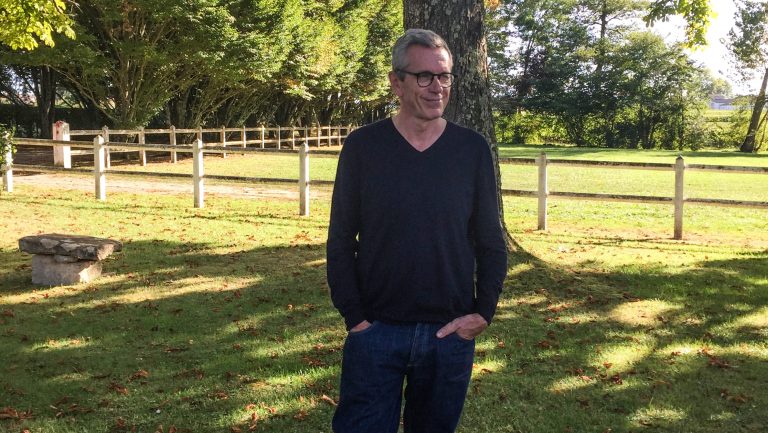
To help support more sustainable winemaking efforts, the CIVB is sponsoring research on low- and no-sulfur wines; carbon footprint reduction in terms of materials, freight, and waste; and energy and water conservation in the wineries as well as the vineyards. It’s likely that a small percentage of pest-resistant hybrid grapes will soon be allowed in most Bordeaux AOCs—something that has wide industry support today but would have seemed far-fetched not long ago. In late June, the wine producers’ association for the AOCs Bordeaux and Bordeaux Supérieur approved the use of seven new grape varieties—Arinarnoa, Touriga Nacional, Marselan, and Castets for reds, and Alvarinho, Petit Manseng, and Liliorila for whites—to be used for blending and chosen partially for their reduced susceptibility to disease. Though the varieties must still be approved by the INAO, the first new vines are expected to be planted between 2020 and 2021, which may afford Bordeaux producers additional options for working in a more environmentally friendly way. It’s an opportunity for Bordeaux to be at the leading edge again.
Moueix sees environmentally friendly winegrowing practices as a matter of respect for Bordeaux’s famed terroir. Organic and biodynamic farming, he says, “is obviously more difficult in Bordeaux than in some other regions. But hard does not mean impossible. Being at the service of great terroir cannot mean looking for ease.”

Dispatch
Sign up for our award-winning newsletter
Don’t miss the latest drinks industry news and insights—delivered to your inbox every week.
Nils Bernstein is a contributing editor at Wine Enthusiast magazine. Based in New York City and Mexico City, he is a coauthor of the cookbook Made in Mexico, to be published by Rizzoli in September.




